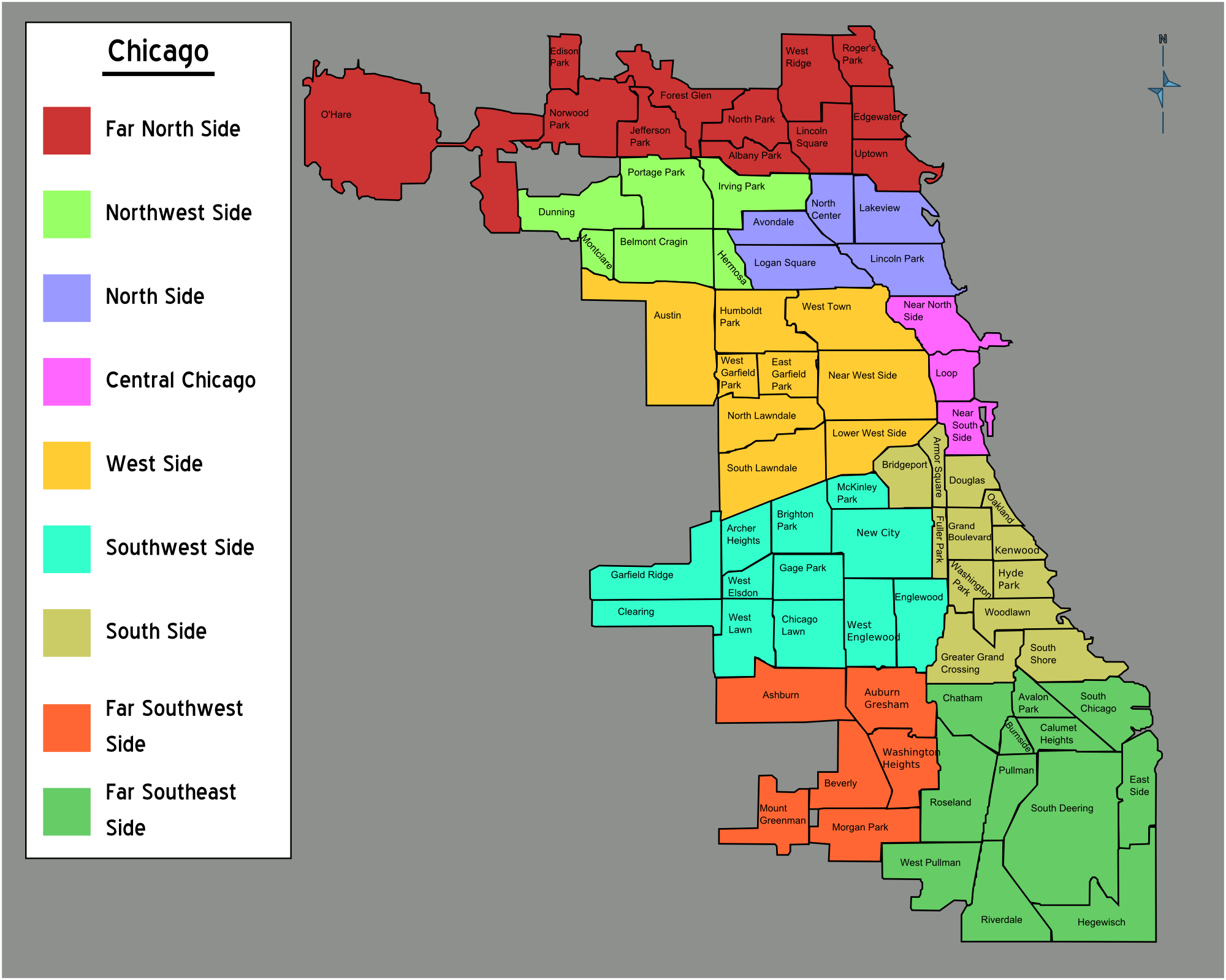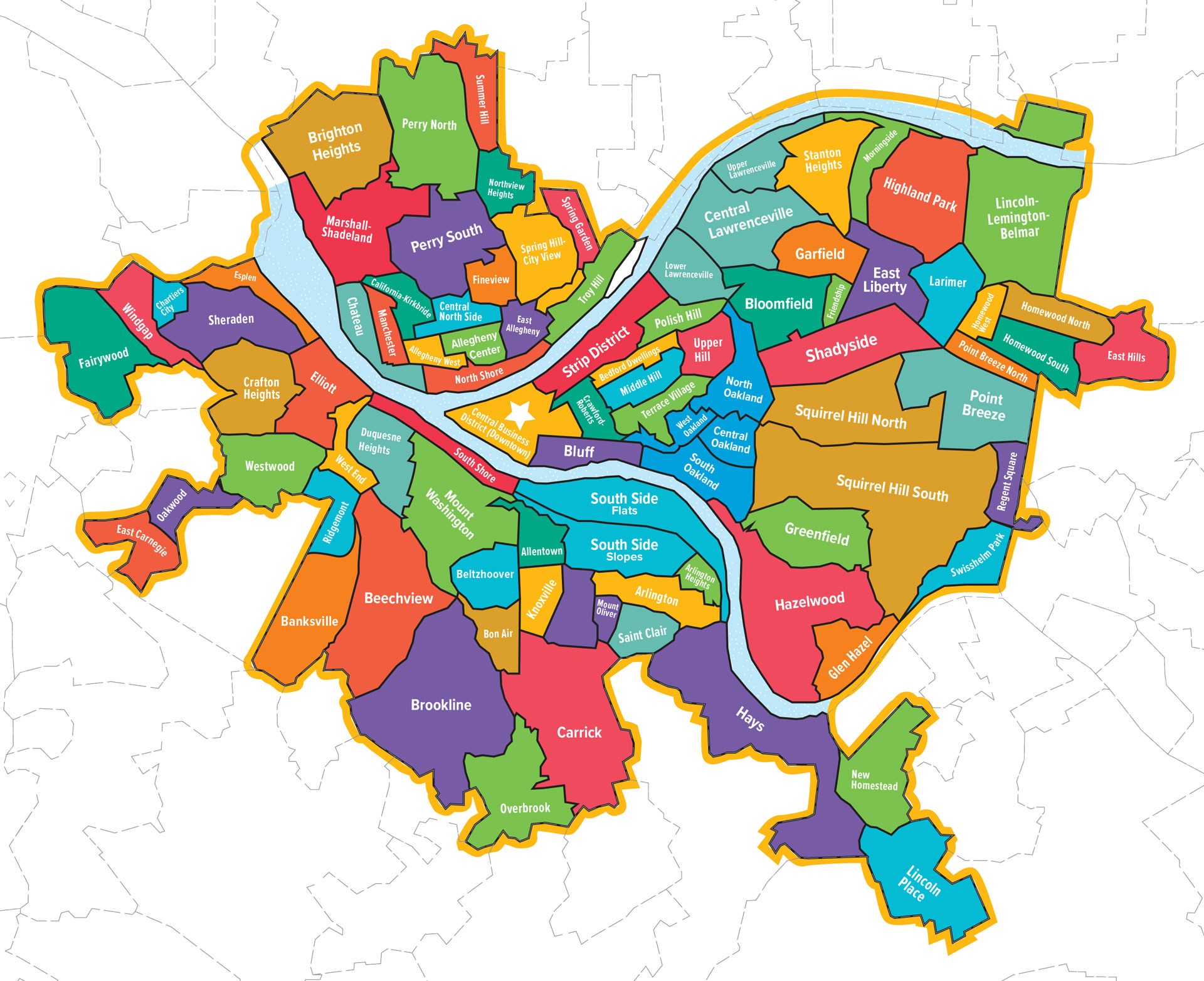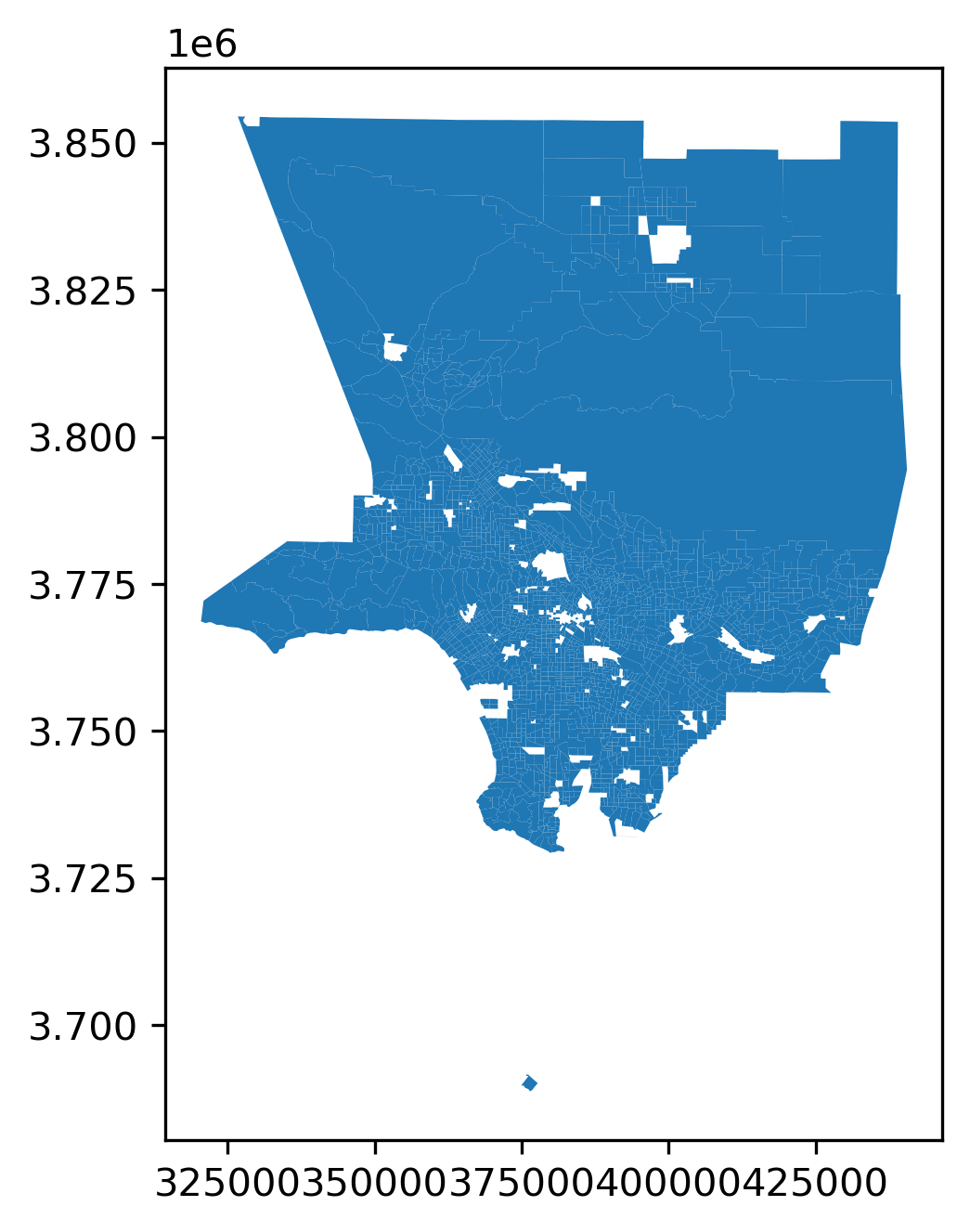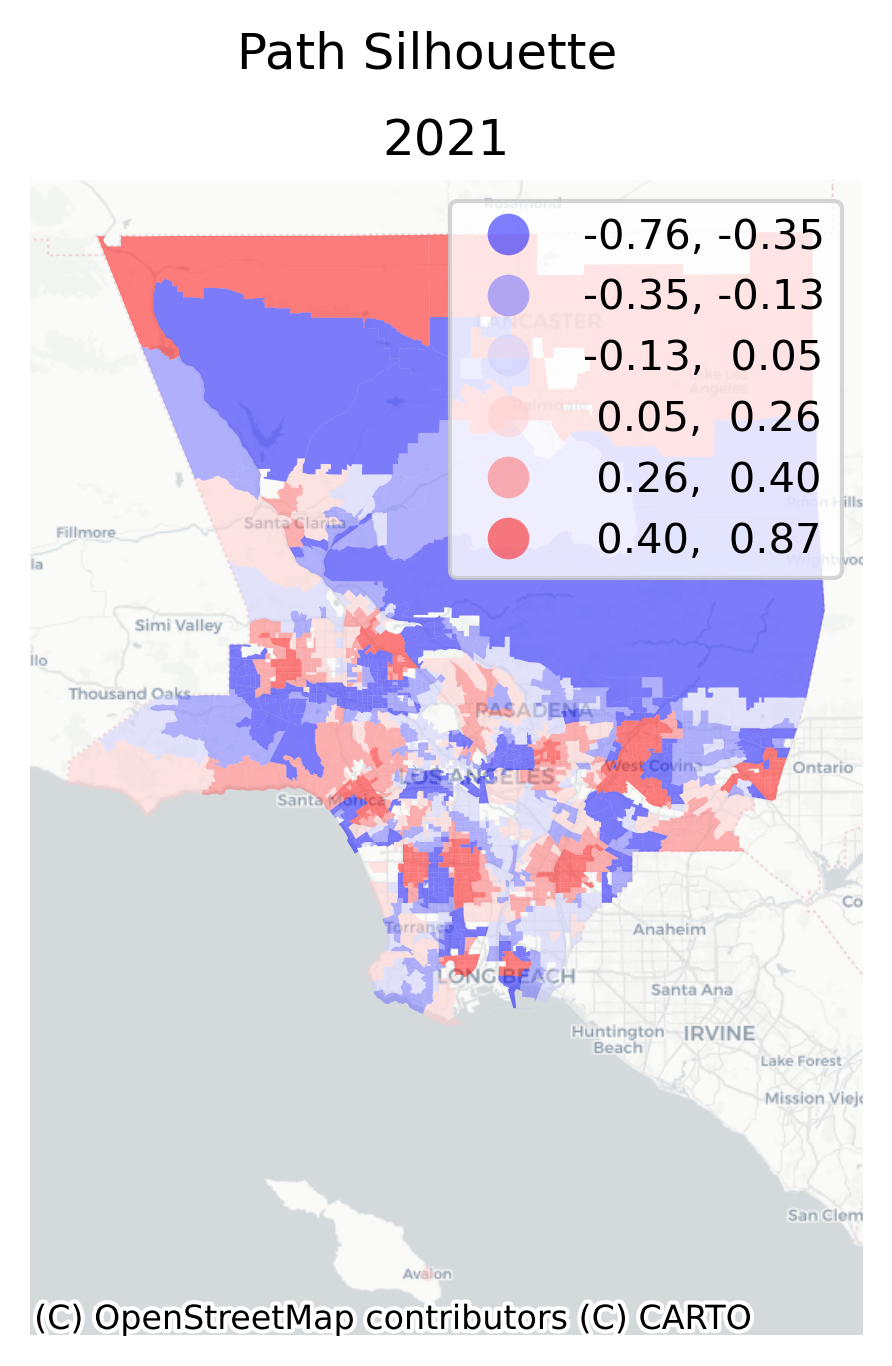/Users/knaaptime/miniforge3/envs/urban_analysis/lib/python3.12/site-packages/libpysal/weights/util.py:826: UserWarning: The weights matrix is not fully connected:
There are 107 disconnected components.
There are 91 islands with ids: 10, 14, 15, 52, 828, 831, 833, 1012, 1078, 1085, 1086, 1087, 1089, 1146, 1255, 1277, 1283, 1467, 1468, 1471, 1489, 1706, 1944, 2112, 2115, 2117, 2166, 2167, 2168, 2169, 2171, 2174, 2175, 2178, 2179, 2180, 2182, 2183, 2184, 2185, 2186, 2187, 2188, 2189, 2190, 2191, 2193, 2214, 2215, 2221, 2226, 2227, 2228, 2230, 2231, 2232, 2233, 2234, 2236, 2237, 2238, 2242, 2243, 2246, 2260, 2270, 2272, 2273, 2274, 2275, 2276, 2277, 2278, 2284, 2296, 2302, 2303, 2304, 2305, 2306, 2314, 2316, 2317, 2318, 2319, 2321, 2323, 2330, 2331, 2336, 2337.
w = W(neighbors, weights, ids, **kwargs)
/Users/knaaptime/miniforge3/envs/urban_analysis/lib/python3.12/site-packages/libpysal/weights/distance.py:844: UserWarning: The weights matrix is not fully connected:
There are 107 disconnected components.
There are 91 islands with ids: 10, 14, 15, 52, 828, 831, 833, 1012, 1078, 1085, 1086, 1087, 1089, 1146, 1255, 1277, 1283, 1467, 1468, 1471, 1489, 1706, 1944, 2112, 2115, 2117, 2166, 2167, 2168, 2169, 2171, 2174, 2175, 2178, 2179, 2180, 2182, 2183, 2184, 2185, 2186, 2187, 2188, 2189, 2190, 2191, 2193, 2214, 2215, 2221, 2226, 2227, 2228, 2230, 2231, 2232, 2233, 2234, 2236, 2237, 2238, 2242, 2243, 2246, 2260, 2270, 2272, 2273, 2274, 2275, 2276, 2277, 2278, 2284, 2296, 2302, 2303, 2304, 2305, 2306, 2314, 2316, 2317, 2318, 2319, 2321, 2323, 2330, 2331, 2336, 2337.
W.__init__(












